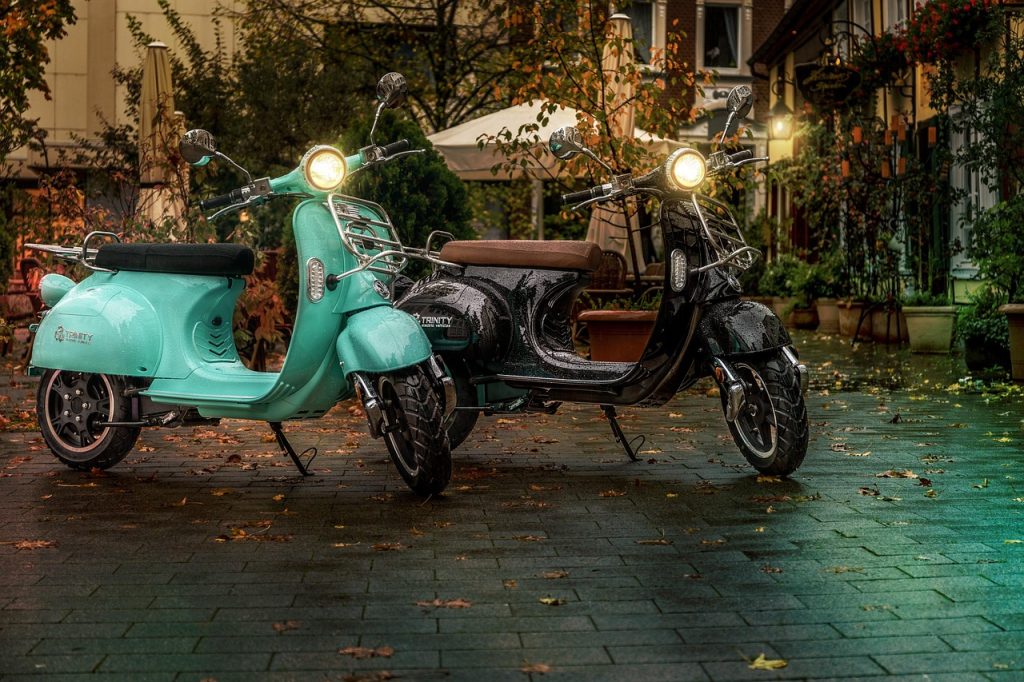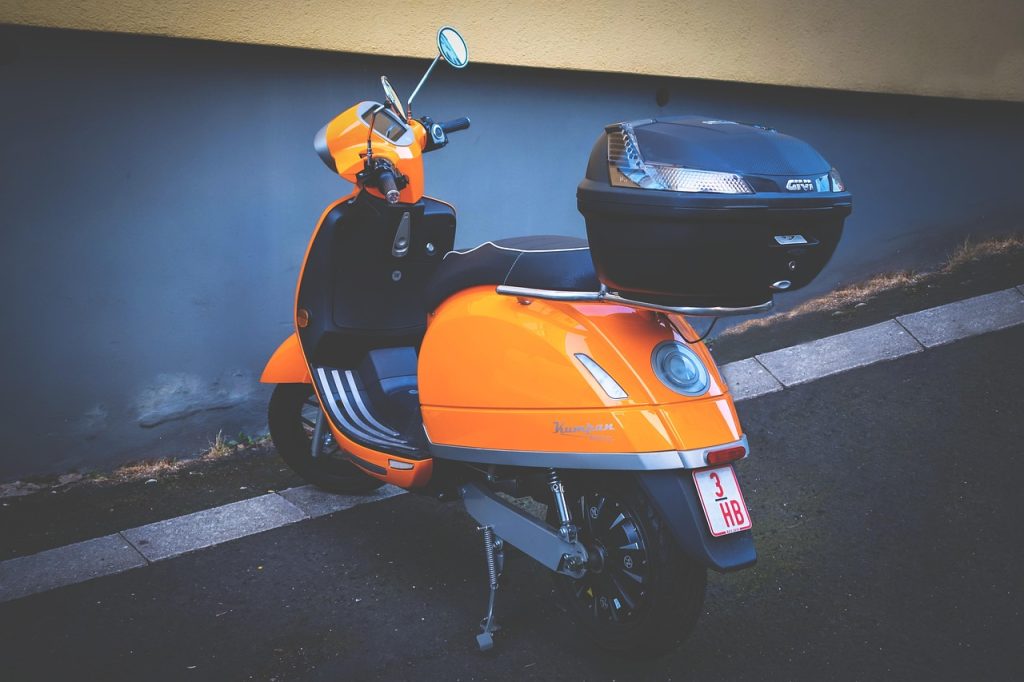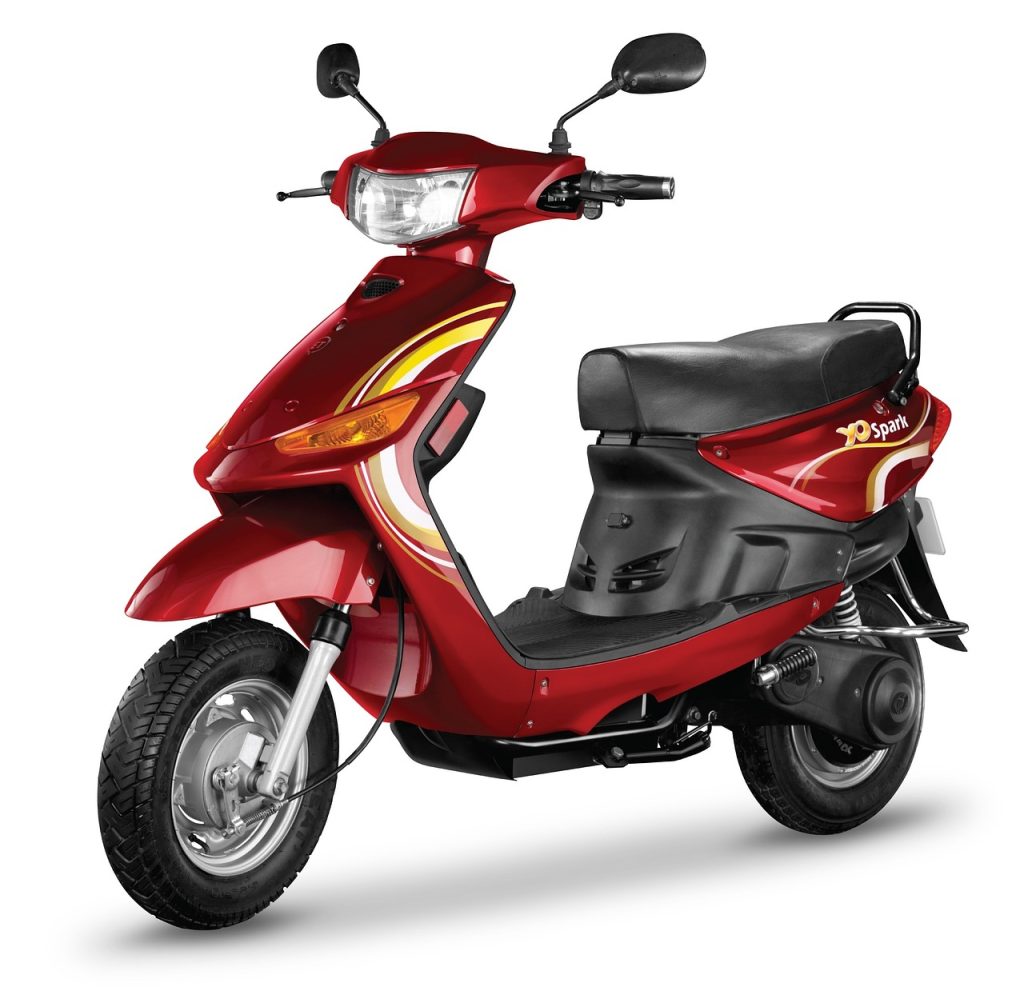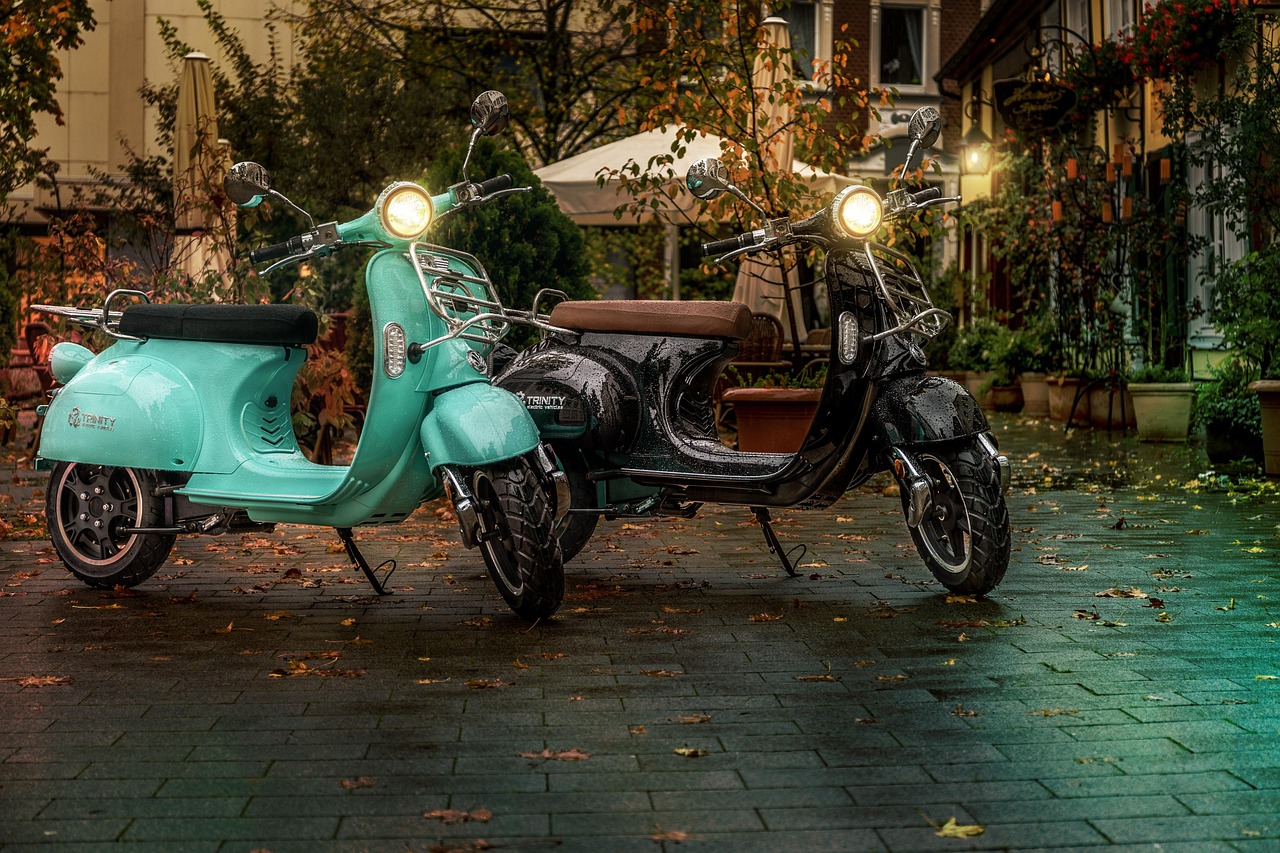Which type of electric scooter seat will make your rides more comfortable, practical, and enjoyable?
What Are The Different Types Of Electric Scooter Seats Available?
Choosing the right seat for your electric scooter can change how you use your scooter every day. This article walks you through the types of seats available, their benefits and drawbacks, materials, mounting options, maintenance, and how to pick the best seat for your needs.
Why seat choice matters
Your seat affects comfort, control, and how far you’ll want to ride. A good seat can reduce fatigue, improve posture, and even increase safety by helping you maintain better balance.
Main categories of electric scooter seats
Seats for electric scooters generally fall into broad groups based on shape, function, and mounting system. Knowing the main categories helps you narrow down the right seat for commuting, long rides, carrying passengers, or occasional use.
Saddle (bike-style) seats
Saddle seats look and feel like bicycle saddles. You’ll find them on many commuter scooters because they’re compact and allow you to stand or pedal an upright position when needed.
Saddle seats usually prioritize narrowness for leg clearance and often come with moderate padding. They’re best if you want a minimal footprint and the ability to alternate between sitting and standing.
Padded bench seats
Padded bench seats are wider and more cushioned compared to saddles. You’ll appreciate them if you prefer a more relaxed seating position or plan to ride longer distances.
These seats may accommodate one or two people depending on length, and they often include foam or gel layers for extra comfort. The trade-off is bulkier size and sometimes reduced portability of your scooter.
Foldable seats
Foldable seats collapse or pivot so you can fold the seat down when you need to store or carry your scooter. You’ll like foldable seats if space and portability are priorities.
They typically use hinges or quick-release clamps and may be less rigid than fixed seats. Make sure locking mechanisms are solid to avoid wobble while riding.
Detachable and swapable seats
Detachable seats are designed for quick removal when you don’t need them or for swapping different seat types. You’ll find these useful if you share the scooter with others or change use-cases frequently.
These systems often use a common mounting bracket or quick-release post for fast transitions. Always confirm the mount compatibility and strength rating to ensure safety.
Seats with backrests (comfort seats)
Seats that integrate a backrest provide additional lumbar support and improve upright posture during longer rides. If you have lower-back sensitivity or prefer a more relaxed seating position, a backrest can be very helpful.
Backrest seats usually add weight and space requirements, but they significantly increase comfort for touring-style riding.
Dual seats (two-up seating)
Dual seats are long bench-style or tandem seats designed for a rider and passenger. If you plan to carry a passenger regularly, you’ll want a seat rated for two people with appropriate mounting and weight capacity.
The scooter chassis and suspension must also be rated for passenger loads; otherwise handling and safety will be compromised.
Child seats and passenger accessories
Child-specific seats and passenger accessories are tailored for smaller bodies and safety constraints. They commonly include harnesses, padding, and sometimes footrests.
If you’ll carry a child, select products with clear safety certifications and weight/age recommendations. Never improvise with non-rated accessories.
Suspension and shock-absorbing seats
Some seats incorporate suspension mechanisms such as springs, elastomers, or small shock absorbers to reduce vibration from rough surfaces. You’ll notice smoother rides on bumpy pavement and less fatigue.
These seats can be heavier and costlier but provide noticeable comfort improvements on uneven roads.
Gel and memory foam seats
Seats with gel pads or memory foam layers conform to your shape and distribute pressure more evenly. You’ll feel reduced pressure points and longer comfort for extended rides.
Gel and memory foam are particularly beneficial if you have sensitivity in the sit bones or if you ride many miles regularly.
Custom and aftermarket seats
Aftermarket and custom seats let you tailor the seat geometry, materials, color, and cushion to your exact preferences. You’ll have more choices but you also must ensure compatibility with your scooter’s mounting standards.
Customization can raise cost and require more time for sourcing and installation, but the payoff is a seat that suits your body and riding style precisely.
Adjustable-height seats
Adjustable posts or telescoping seat posts allow you to set the seat height to match your leg length and riding posture. You’ll find this feature helpful if multiple riders of different heights use the same scooter.
Height adjustability improves comfort and pedaling efficiency where applicable, but ensure the post is robust and locks securely to prevent slippage.
Comparison table: quick overview of seat types
| Seat type | Best for | Pros | Cons | Typical cost range |
|---|---|---|---|---|
| Saddle (bike-style) | Commuters who stand often | Compact, lightweight, good clearance | Less padding, may be narrow | $20–$70 |
| Padded bench | Longer rides, comfort | More cushion, comfortable posture | Bulkier, heavier | $40–$200 |
| Foldable | Portability and storage | Space-saving, convenient | Potentially less rigid | $30–$120 |
| Detachable | Multi-use scooters | Versatile, swappable | Needs strong mount, may rattle | $25–$150 |
| Backrest seats | Comfort for long rides | Better lumbar support | Adds bulk and weight | $60–$250 |
| Dual seats | Passenger carrying | Fits two, social rides | Requires structural capacity | $80–$300 |
| Child seats | Carrying kids | Safety features, harness | Strict compatibility needs | $50–$200 |
| Suspension seats | Rough roads | Smooths bumps, reduces fatigue | Heavier, pricier | $70–$300 |
| Gel/memory foam | Pressure relief | Conforms to body, comfortable | May compress over time | $30–$150 |
| Custom seats | Personal fit/style | Tailored comfort and aesthetics | Cost, lead time | $150–$600+ |

Materials used in scooter seats
The materials determine feel, durability, and maintenance requirements. You’ll want to pick materials that match your typical riding conditions and comfort expectations.
Foam types (PU, EVA, memory foam)
Seat cores use various foams: polyurethane (PU) foam is common for general cushioning, EVA for resilient padding, and memory foam for pressure relief. You’ll notice differences in firmness and how the foam recovers after compression.
Memory foam offers contouring comfort but can retain heat, while high-density PU is durable and less prone to long-term compression.
Gel inserts and pads
Gel pads are often combined with foam to distribute pressure more evenly across your sit bones. You’ll appreciate gel in long rides and for mitigating hotspots.
Gel can feel firmer in cold conditions and may add weight, but it’s effective at reducing localized pressure.
Outer covers: vinyl, leatherette, fabric
Cover materials affect comfort, grip, and weather resistance. Vinyl and leatherette (synthetic leather) are easy to wipe clean and often water-resistant. Fabric covers breathe better and can be more comfortable in hot conditions.
Vinyl may get hot in direct sunlight and crack over time; fabric needs more maintenance to resist stains and moisture.
Seat frames and posts: steel, aluminum, composites
The structural parts of a seat use steel for strength and affordability, aluminum for weight savings and corrosion resistance, or composite materials for specialized uses. You’ll want a frame material that balances strength with weight for your scooter.
Steel is strong but prone to rust if not protected, while aluminum resists corrosion but can be pricier.
Mounting and compatibility
Mounting type determines whether a seat fits your scooter and how stable it will be. You’ll need to check dimensions, clamp diameters, and bolt patterns before buying.
Seat posts and clamps
Most seats use a post that slides into a bracket or clamp on the scooter deck or frame. You’ll measure the post diameter and length to match the clamp specifications.
Ensure the clamp can handle dynamic loads and that locking mechanisms are reliable to prevent movement while riding.
Universal mounts and adapter kits
Universal mounts attempt to work across multiple scooter models by using adjustable brackets or platform adapters. You’ll like these if you change scooters or want aftermarket options.
Remember that “universal” doesn’t always mean perfect fit, so inspect mounting tolerances and weight ratings carefully.
Quick-release and fold mechanisms
Quick-release pins or levers let you fold or remove the seat without tools. You’ll enjoy the convenience for commuting and storage.
However, make sure quick-release parts are built with safety in mind—cheap mechanisms can wear out and cause instability.
Adjustability and ergonomics
Good ergonomics reduces fatigue and prevents pain over time. You’ll want adjustability in height, fore/aft position, and backrest angle for a tailored fit.
Seat height and reach
Seat height determines knee angle and leg extension while riding. You’ll aim for a height where you can touch the ground comfortably with your feet and still ride efficiently.
Adjustable heights also let you tailor the distance to handlebars for ideal reach and posture.
Tilt and angle adjustments
Tilt or angle adjustments allow the nose of the seat to be raised or lowered to distribute pressure. You’ll find small tweaks can greatly affect comfort over long distances.
Be mindful that more moving parts can mean more maintenance and potential play over time.
Lumbar support and backrests
Lumbar support helps you maintain an upright spine and reduces strain during long rides. You’ll notice improved posture and less lower-back discomfort with a supportive backrest.
Choose a backrest with an adjustable angle if you want more customization.

Safety and legal considerations
Different jurisdictions may have rules about passenger carrying, seat attachments, and child restraints. You’ll want to check local laws to ensure your seat setup is compliant.
Also confirm that the scooter’s frame, brakes, and suspension can handle added loads. Overloading can impair braking distances and handling, creating hazards.
Maintenance and care
Regular checks will extend the life of your seat and ensure safe operation. You’ll want a simple routine for cleaning, fastener inspection, and foam care.
Cleaning and cover care
Wipe vinyl or leatherette covers with a damp cloth and mild soap; avoid harsh solvents that degrade covers. For fabric covers, spot-cleaning and occasional deep cleaning maintain appearance and hygiene.
Always let covers dry fully before use to prevent mold and deterioration.
Foam and padding maintenance
Padding will compress over time; rotate or replace cushions as needed to maintain comfort. If you notice sagging or uneven wear, consider replacing the foam or the entire seat.
Gel pads can sometimes be rebuilt or replaced separately, saving cost in some designs.
Fastener checks and corrosion prevention
Inspect bolts, clamps, and welds periodically for tightness and corrosion. Apply anti-seize or appropriate threadlock on fasteners if you’re in a salty or humid climate.
Rust inhibitors or protective coatings on exposed metal parts will extend service life.
Buying guide: How to choose the right seat for your needs
Selecting the ideal seat depends on how you ride, who rides with you, and your storage needs. You’ll want to consider comfort, compatibility, weight, and budget.
- Determine your primary use: short commutes, long rides, passenger transport, or carrying children.
- Check scooter compatibility: post diameter, mounting type, load rating, and clearance.
- Prioritize materials: water-resistant covers if you face rain, gel/memory foam for pressure relief.
- Test if possible: sit on different seat styles at a shop or borrow from friends to determine fit.
- Factor in maintenance: removable covers and replaceable pads simplify upkeep.
Quick rider-type recommendations
| Rider type | Recommended seat type | Why it works |
|---|---|---|
| Daily commuter, short hops | Saddle or foldable seat | Compact, lightweight, easy storage |
| Long-distance rider | Padded bench with gel or memory foam | Maximize comfort and pressure distribution |
| Passenger carrier | Dual seat with backrest | Designed for two, improved support |
| Family with child | Certified child seat or harness | Safety-rated and secure features |
| Mixed use and portability | Detachable or folding seat | Flexibility to remove or fold away |

Installation basics
Installing a seat correctly ensures stability and safe riding. You’ll want the right tools, the manual for your seat and scooter, and a clear area to work.
- Inspect the seat post and scooter bracket for damage or debris.
- Align and insert the post, then hand-tighten any clamps to set position.
- Use a torque wrench or manufacturer-specified tightening method for final securement.
- Test for movement with light pressure before riding, and re-check after a short test ride.
Common mistakes to avoid
You’ll avoid many problems by not overloading the scooter, not assuming fit, and not skipping fastener checks. Ignoring compatibility, using the wrong post diameter, or buying a seat without a rated load capacity are frequent errors.
Also avoid seats that use weak folding mechanisms unless they’re clearly rated and reinforced for regular use. It’s better to invest in a solid mounting system than to gamble with an ill-fitting accessory.
Costs and where to buy
Seat prices vary widely based on materials, design complexity, and brand. You’ll find entry-level seats under $50, mid-range comfort seats between $70–$200, and premium or custom seats well above $200.
Buy from reputable scooter retailers, authorized dealers, or specialized aftermarket suppliers. If you choose custom work, expect longer lead times and higher costs but a tailor-made fit.
Cost comparison table
| Category | Typical price range | Notes |
|---|---|---|
| Basic saddle | $20–$70 | Budget-friendly, mass-produced |
| Comfort bench | $40–$200 | Better padding and materials |
| Foldable/detachable | $30–$150 | Convenient, varies by mechanism quality |
| Suspension/gels | $70–$300 | Added tech raises cost |
| Custom seats | $150–$600+ | Tailored fit and materials |
DIY and customization tips
If you’re handy, you can modify or upgrade a seat for improved comfort. You’ll want basic tools, some upholstery skills, and a clear plan for how the changes will affect fit and safety.
- Add a gel pad under the existing cover for instant relief.
- Replace foam with higher density or memory foam for longevity and support.
- Re-cover in breathable fabric for hot climates or water-resistant vinyl for wet conditions.
- Reinforce mounting points with a custom bracket if existing mounts aren’t strong enough—consult a welder or fabricator for structural work.
Always test load-bearing modifications and consider consulting a professional for critical structural alterations.
Frequently asked questions
You’ll likely have questions about compatibility, safety, and comfort—this section addresses common concerns.
- Can any scooter accept a seat? Many scooters can accept seats if a mounting point exists or an adapter is fitted, but not every scooter frame can handle passenger or heavy loads. Check manufacturer specs.
- How much weight can a scooter seat carry? That depends on seat rating and scooter chassis capacity—always use the lower of the two ratings to be safe.
- Are seats weatherproof? Some covers are highly water-resistant, but long-term exposure to sun and rain will degrade most materials. Use covers or store the scooter indoors when possible.
- Can you install a seat yourself? Yes, for many models installation is straightforward, but ensure you follow torque specs and fastener recommendations.
Troubleshooting common seat problems
If your seat feels wobbly, causes discomfort, or squeaks, you’ll want to diagnose and fix the issue promptly. Loose clamps, worn padding, and corroded fasteners are common culprits.
Tighten and torque all bolts to spec, replace worn foam, or upgrade to a better mount if the original bracket is failing. For persistent noise, a thin layer of anti-seize or grease on moving parts often stops squeaks.
Environmental and ergonomic considerations
Selecting durable, repairable materials reduces waste and long-term cost. You’ll also appreciate ergonomically designed seats that support a natural spine curvature and reduce repetitive strain.
Consider recyclable or repair-friendly seats if sustainability matters to you. Ergonomics play a strong role in long-term comfort and injury prevention.
Accessories that improve the seating experience
Accessories can make a big difference for comfort and utility. You’ll find options like seat covers, heating pads, rain covers, footrests, and integrated storage solutions.
Choose accessories rated for outdoor use and ensure they don’t interfere with steering, balance, or the seat’s secure mounting.
How seat choice affects scooter performance
Seat weight and position change the scooter’s center of gravity and handling. You’ll notice differences in acceleration, braking, and turning feel based on where the seat places your mass relative to the wheels.
A taller seat raises your center of gravity, which can make high-speed cornering feel less stable; a low, central seat can improve handling but may reduce legroom.
When to replace a seat
Replace a seat if padding sags irreparably, the cover tears, or mounting hardware fails. You’ll also want to upgrade if your lifestyle changes—carrying passengers, longer commutes, or a new preference for more support.
Don’t delay replacing structural components that show cracks or significant corrosion; these can pose immediate safety hazards.
Final thoughts
Selecting the right electric scooter seat is about matching comfort, compatibility, and use-case. You’ll benefit most by measuring your scooter, trying seats where possible, and prioritizing secure mounting and materials suited for your riding environment.
If you need help choosing between two models or want compatibility guidance for a specific scooter model, tell me the scooter make and model and describe how you plan to use it. I’ll help you narrow the options and pick the best seat for your rides.



